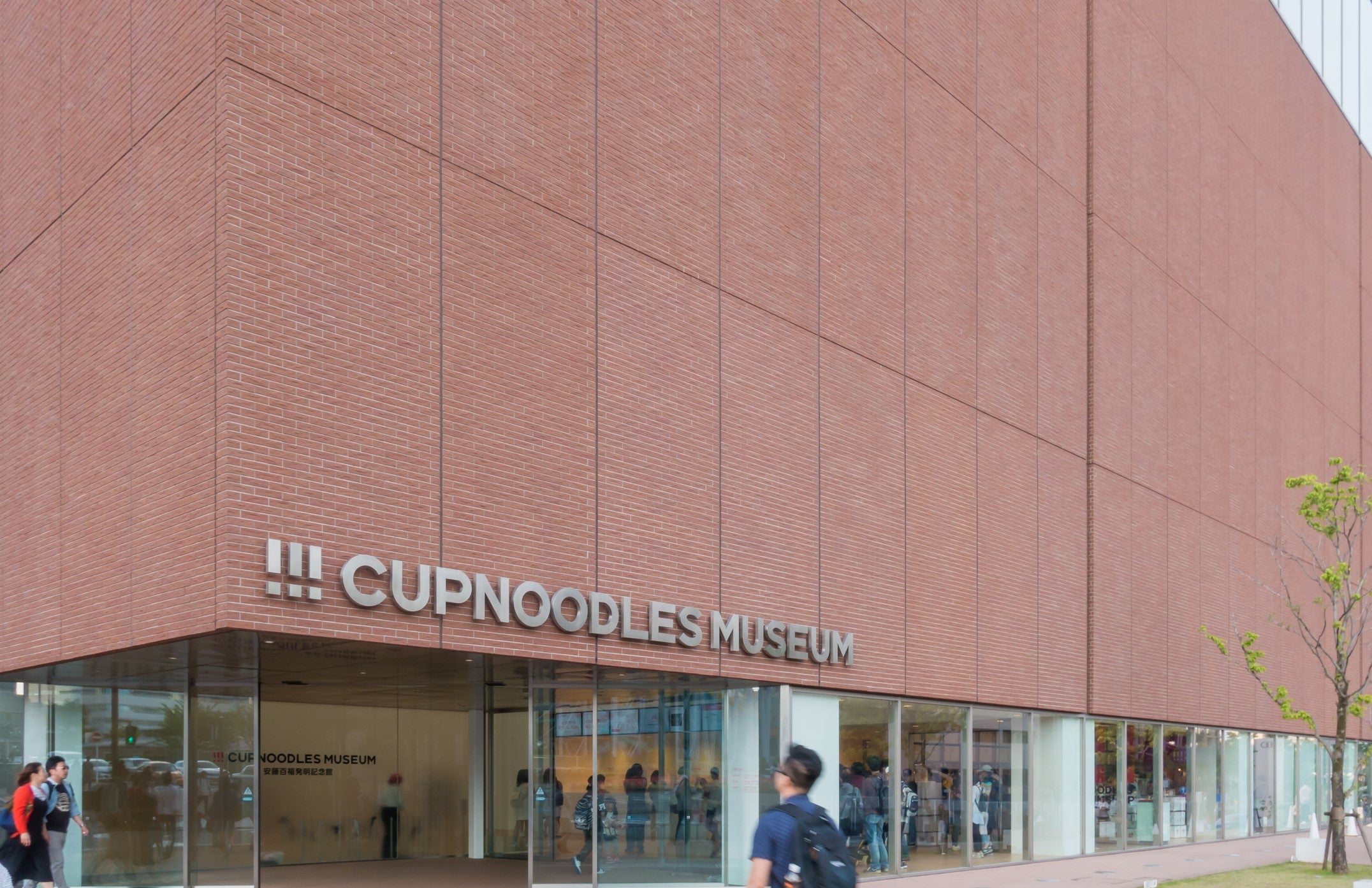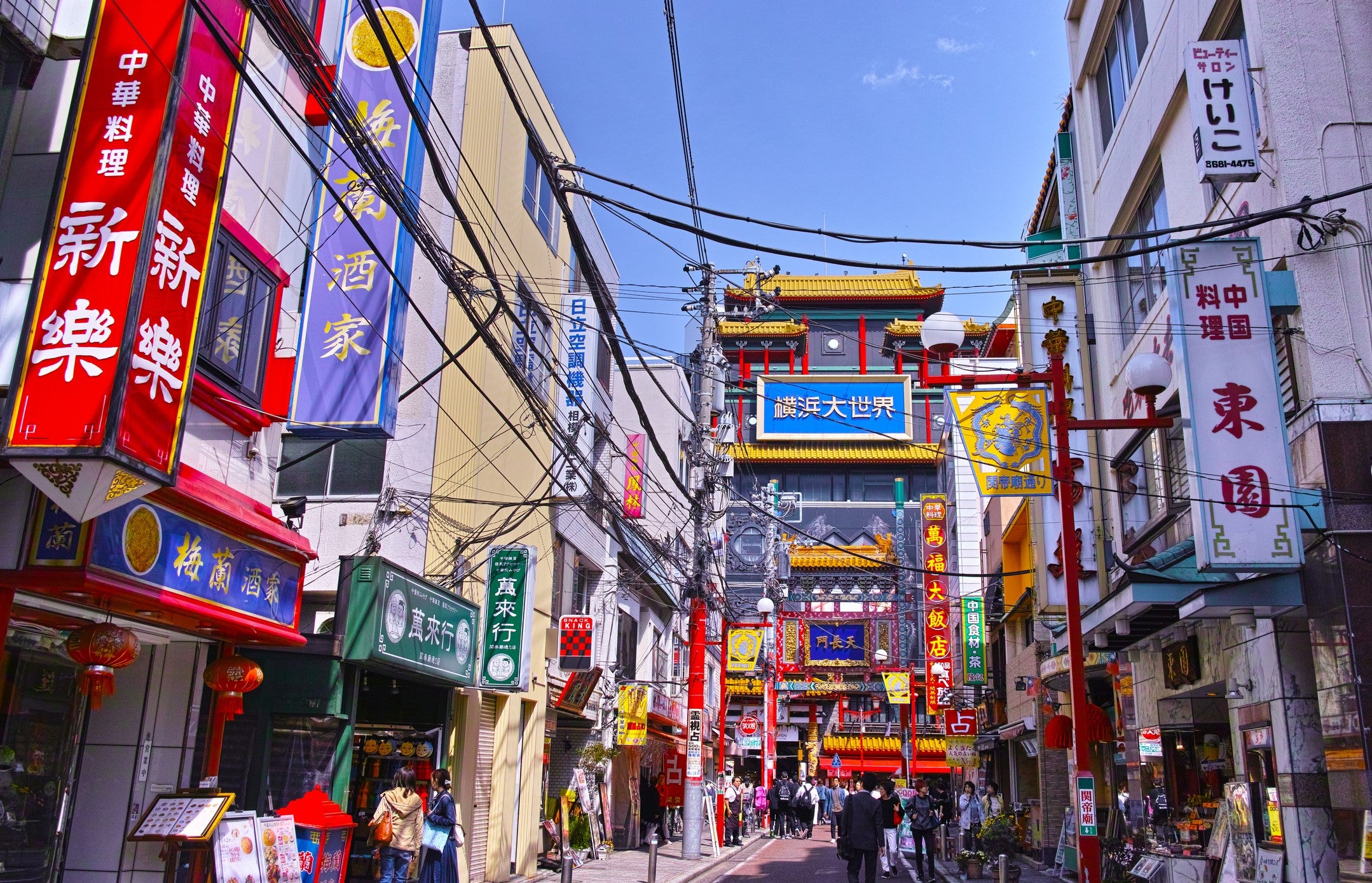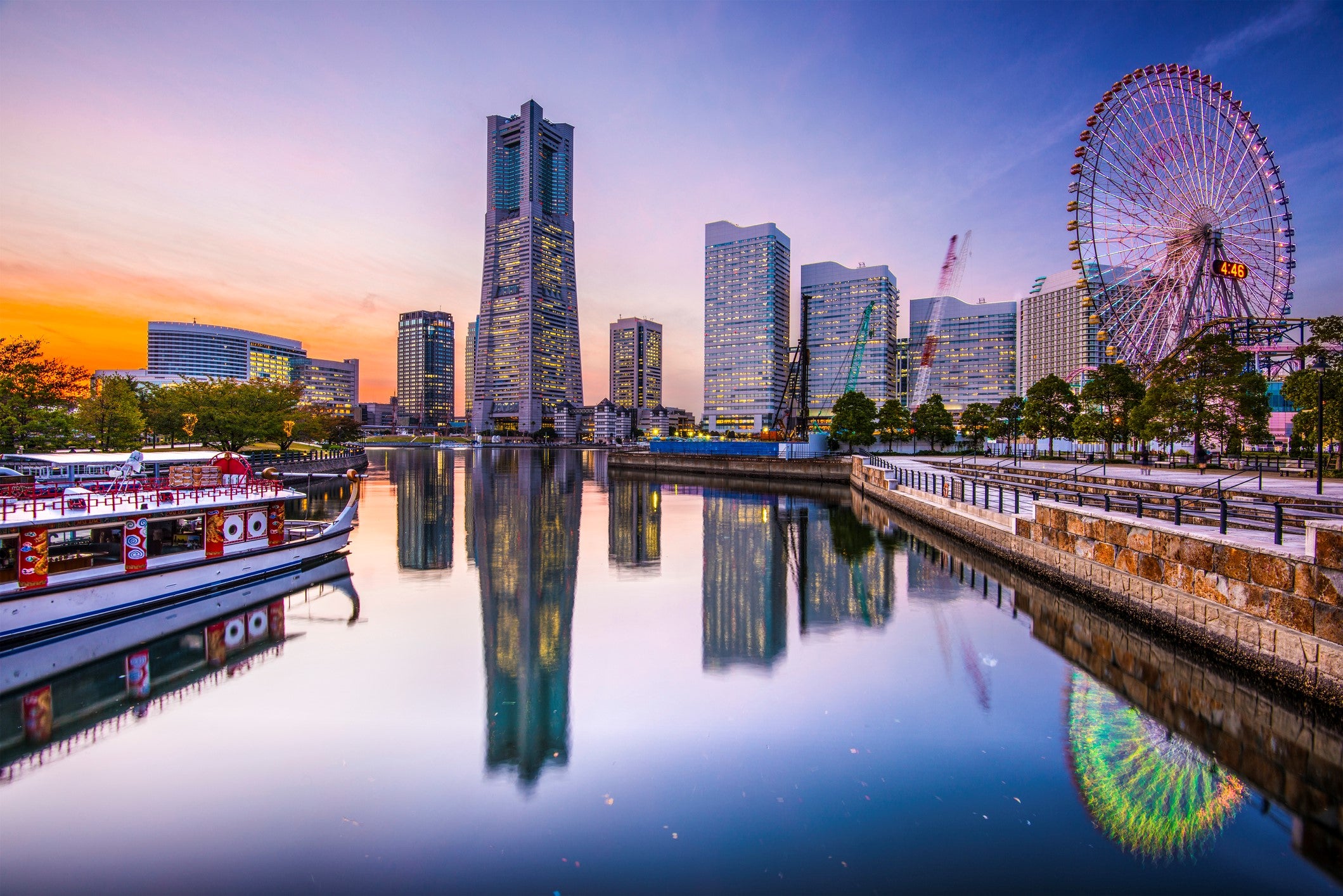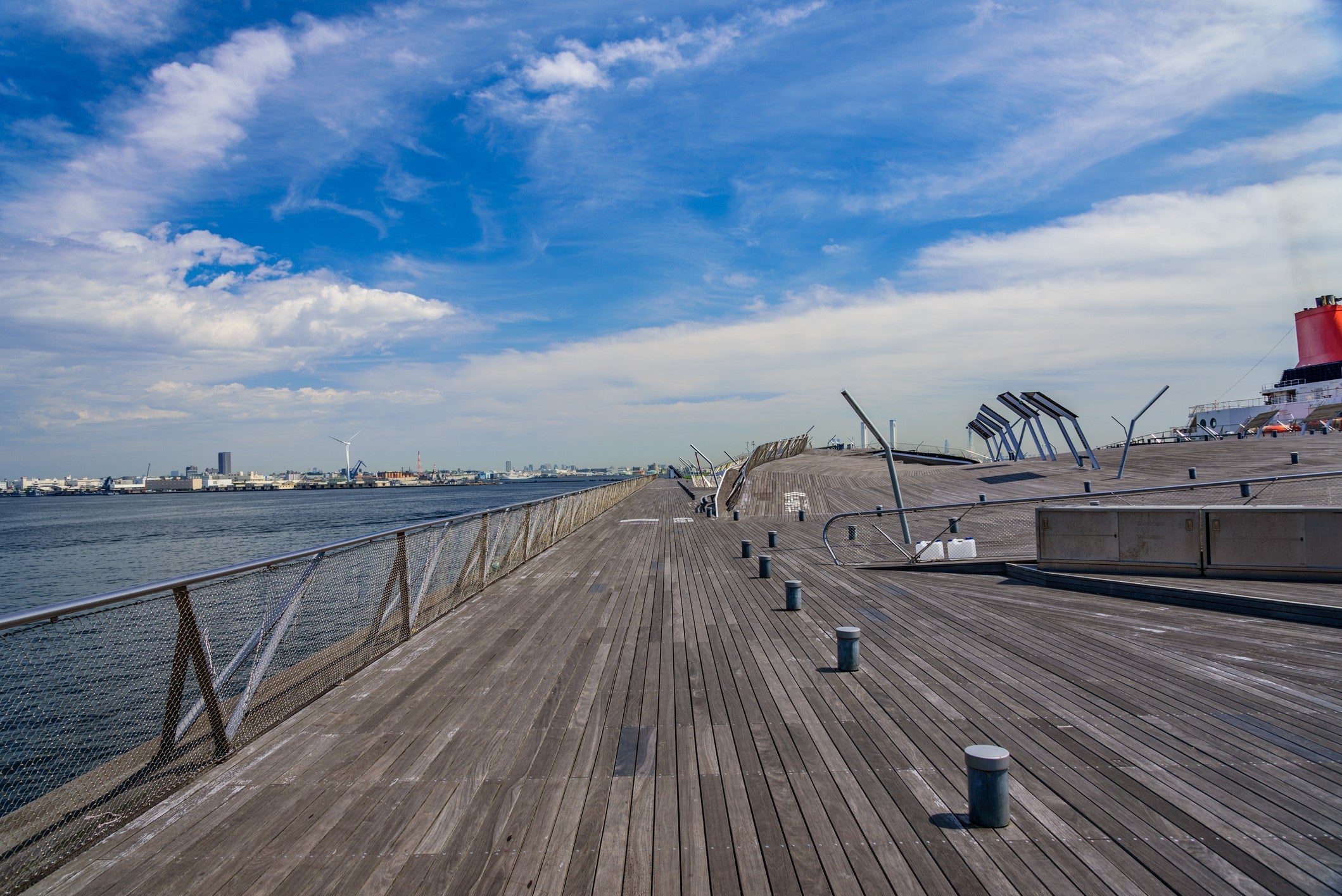
Considering its size, influence and historical importance, Yokohama is often unfairly overlooked by visitors streaming to Japan’s capital next door.
But the country’s second biggest city deserves recognition in its own right. Today’s vibrant and cosmopolitan hub was just a small fishing village when Japan first opened its doors to foreign trade in 1859 and appointed Yokohama as one of its main ports.
Richly enhanced by the merchants and business people who settled there in the aftermath, it’s now home to a hard-to-beat skyline, uber-cool shopping malls, cutting-edge architecture and a lively craft beer scene. And it’s only a 20-minute bullet train hop from Tokyo.
And this weekend, it plays host to the England v South Africa Rugby World Cup final. Here’s what to check out outside of the stadium.
The Independent’s hotel recommendations are unbiased, independent advice you can trust. On some occasions, we earn revenue if you click the links and book, but we never allow this to affect our coverage.
What to do
Aim high
To get your bearings, head up to the Sky Garden on the 69th floor of the Landmark Tower for unbeatable 360 degree views over the city. You’ll also be able to spot Tokyo beyond and, on a clear day, Mount Fuji – Japan’s highest peak. Try and go in the evening when the skyscrapers and quays dazzle with vibrant lights. Sky Garden opens Monday-Sunday 10am-9pm (10pm on Saturdays); entry 1,000 yen (£7).
Oodles of noodles
Japan loves its ramen, so don’t be surprised that Yokohama is home to not one but two museums dedicated to the iconic noodles. The Cup Noodles Museum pays homage to the instant variety through a series of interactive exhibits. Don’t miss the chance to make your own ramen in a pre-bookable workshop (extra fee). Open every day 10am-6pm; entry 500 yen.

At the Shin-Yokohama Ramen Museum you’ll learn the history then eat your way through regional variations in nine traditional-style restaurants. The eating area, set in 1958 when Japan first launched instant noodles, has handy English menus. Generally open 11am-10pm; entry 310 yen (£2).
A taste of China
Yokohama is home to Japan’s biggest Chinatown, a legacy of when Chinese merchants settled here after it opened up as an international port. The vibrant, bustling district is a blaze of gold, red, pink, blue and green; make a grand entry through one of the four imposing gates, then join locals in grabbing a steamed bun, pancakes or dumplings from a street-side stall. For a heartier meal, many restaurants do all-you-can-eat deals for 1500-2000 yen (£11-14). Visit at night when dozens of lanterns sparkle into life – and don’t miss one of the numerous cake shops. Who knew the Chinese ate so much cake?

Park up
For an introduction to Japan’s traditional architecture and landscaping head to the sense-enriching Senkeien Garden. Created by a wealthy silk merchant more than 100 years ago, it’s home to 17 history-rich buildings transported and reconstructed from across the country. Exhibits include an 18th Century farmhouse held together only by straw and a 500-year-old three-storey pagoda. They’re surrounded by elegant ponds, ornate flower beds and fruit trees guaranteed to soothe any city stresses.
Now you see it
Yokohama Trick Art Cruise isn’t a sailing trip but a series of artworks containing optical illusions that immerse you in an imaginary boat journey. The idea is that you leap into the picture, take a snap of yourself then post it on the ever-important social media. You could find yourself popping out of the jaws of a shark, falling down a boat or diving with seals. Fun. Quirky. Oh so Japanese. Open every day 11am-8pm; entry 700 yen (£5).
Here for the beer
Take a free tour of the Kirin Beer Factory, one of Japan’s four main breweries. You’ll see how the beer is made and enjoy tastings. English tours available. Open Tuesday to Saturday 10am-4pm.
Where to stay
The Hotel New Grand, one of Japan’s oldest western-style hotels, has an elegant feel with tall stone arches, beautiful floral displays and marble staircases greeting you in the lobby. Opened in 1927, its first grand chef was legendary Swiss foodie Sally Weil who set about introducing Japan to European dishes like risotto and spaghetti napolitana, a tomato-based pasta. Even if you’re not staying, you can still pop in and try them today in the first floor cafe – one of six restaurants. Rooms have fabulous views of Yamashita Park, Osanbashi Pier or Yokohama Bay Bridge. From £124, room only.
Shaped like a huge yacht’s sail, the striking 31-floor InterContinental Yokohama Grand is handy for Minato Mirai and Chinatown. The rooms are classic rather than cool but you won’t be spending too much time looking at walls here as it’s all about the views. Rooms look out over either the bay or the city. From £119, room only.
For a budget stay in an authentic Japanese setting try the Guest House Futareno, a hostel set in a 50-year-old wooden house in an area buzzing with bars and restaurants. Choose from bunk beds in single-sex dorms or private rooms, all with shared bathrooms. The flooring is traditional tatami; guests change out of their shoes into the slippers provided. Beware of the 1am curfew when the doors are locked. No credit cards accepted. Dormitory beds from £21pp, twin rooms from £59.
Where to eat
Beef lovers should head to Araiya, famed for its teppanyaki and shabu-shabu-style hot pots like its signature dish, gyu-nikomi (stewed beef basted in a soy sauce broth and served over soba or udon noodles).
If you’re hopeless at deciding what to eat, try Yoshimuraya. It invented Yokohama’s unique iekei ramen and serves nothing but. Only 15 people are let in at one time but for speed you order at a vending machine, hand in the token you’re given to the chef then tuck in around the counter with everyone else until the next shift is let in. The ramen come in a distinctive thick pork and soy broth topped with dried seaweed, spinach and an egg, although slight variations can be requested.
Follow the locals to tiny Shinku (no website), tucked away in a side street in the Noge district, for mouth-watering yakitori. There’s no English menu but you can have fun pointing out the cuts of meat you fancy so the chef can grill it to gooey perfection. Be prepared to queue as there’s only room for around a dozen diners at a time, all seated around a narrow bar. It’s worth the wait.
Where to drink
Wander around Noge, a lively district famous for its drinking scene, and dip in and out of its traditional sake shops and cool modern bars. Many are small but some have English menus.
Yokohama’s artisan beer scene has led to it being nicknamed Japan’s craft beer capital. The lively Taproom Bashamichi serves craft ales over three floors, including on a roof terrace.
Taste your way through a few more at Spring Valley Brewery next to the Kirin factory. Try the beer flight – six different 100ml beers paired with a snack.
Or spend an evening at the award-winning Yokohama Brewery. Don’t leave without sampling the most popular of their Japanese beers; the fruity Wiezen, inspired by Germany’s wheat beers, and the golden American-style pale ale.
Where to shop

Why have one shopping mall when you can have several all in one place – plus a park, fun fair, hotels, restaurants, bars, museums, galleries and theatres? The huge waterside development of Minato Mirai 21, built on a former shipyard, dominates Yokohama’s skyline with its eye-catching skyscrapers and uber-cool modern architecture; its name – voted for by the public – means "port of the future in the 21st century". Browse several distinct malls with their own character, like World Porters, whose six floors are each themed – from fashion to homeware to Broadway (think amusements and cinemas).
The on-site Cosmoworld amusement park houses roller coasters and rides plus a giant Ferris wheel which displays what was once the world’s biggest clock. If it all gets too much, recover with a stroll around the serene Yamashita Park.
Architectural highlight
A great place from which to appreciate Yokohama’s striking waterfront is Osanbashi Pier, once the first place that welcomed foreign traders and now the main cruise ship berth. The wooden-slatted pier itself is designed to resemble the deck of a ship while on top of the terminal building lies a public park. Add to that the supreme views of the bay and Yokohama’s Three Towers – modern government buildings nicknamed King, Queen and Jack.

Nuts and Bolts
What currency do I need?
Japanese yen.
What language do they speak?
Japanese. English is generally understood in tourist areas.
Should I tip?
No! The culture of tipping is alien to the Japanese, who believe good customer service should be a given. Tipping can cause offence.
What’s the time difference?
Nine hours ahead of GMT.
What’s the average flight time from the UK?
British Airways flies direct to Tokyo’s two airports Haneda (also called Tokyo international Airport) and Narita in around 12 hours from £640 return. Trains to Yokohama from Haneda Airport take about 20 minutes, from Narita about 90 minutes.
Public transport
Yokohama’s trains and buses have extensive services and run like clockwork. Click here for maps.
Best view
The perfect way to appreciate Yokohama’s amazing waterfront is from a boat. Several ferry companies operate hop-on-hop-off services.
Insider tip
Japan National Tourist Organisation (JNTO) runs a 24-hour hotline in English 365 days a year for visitors needing tourist information or help in an emergency. Call 050-3816-2787.







